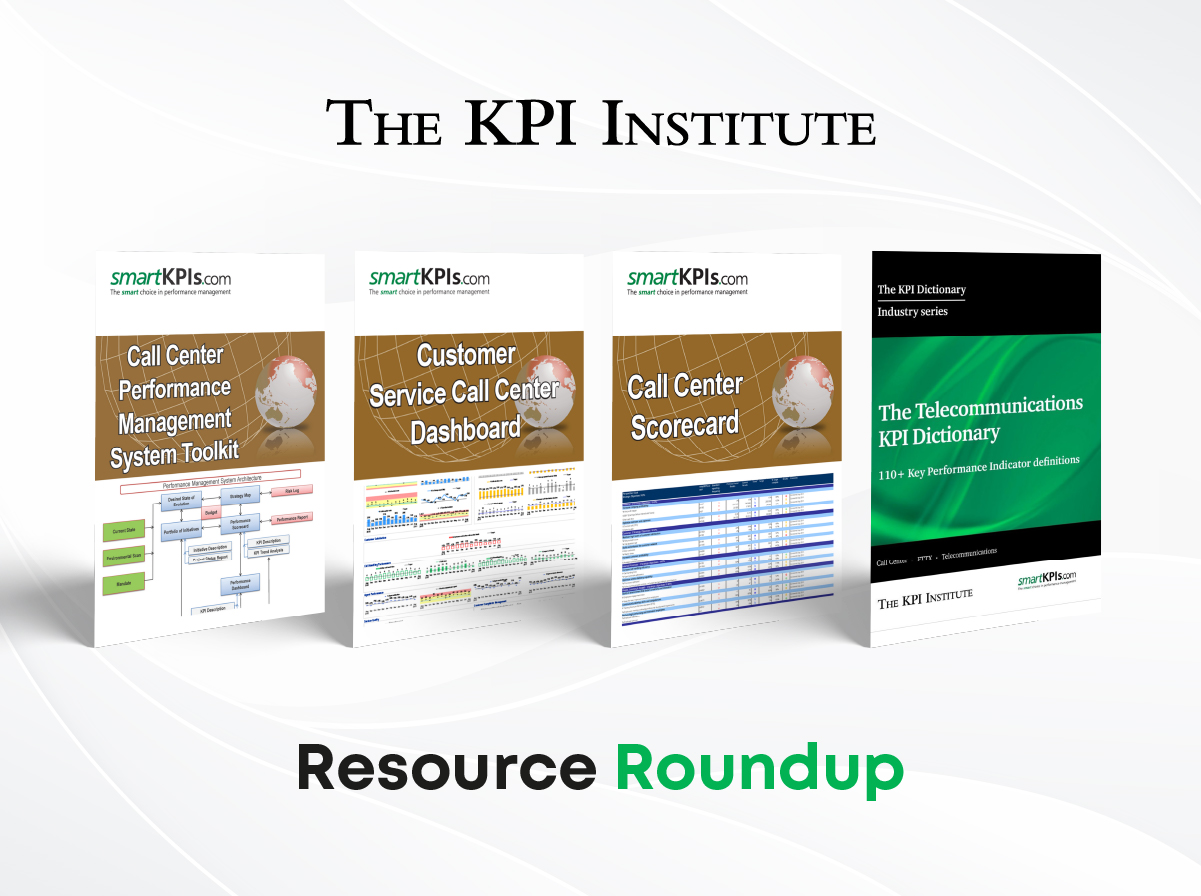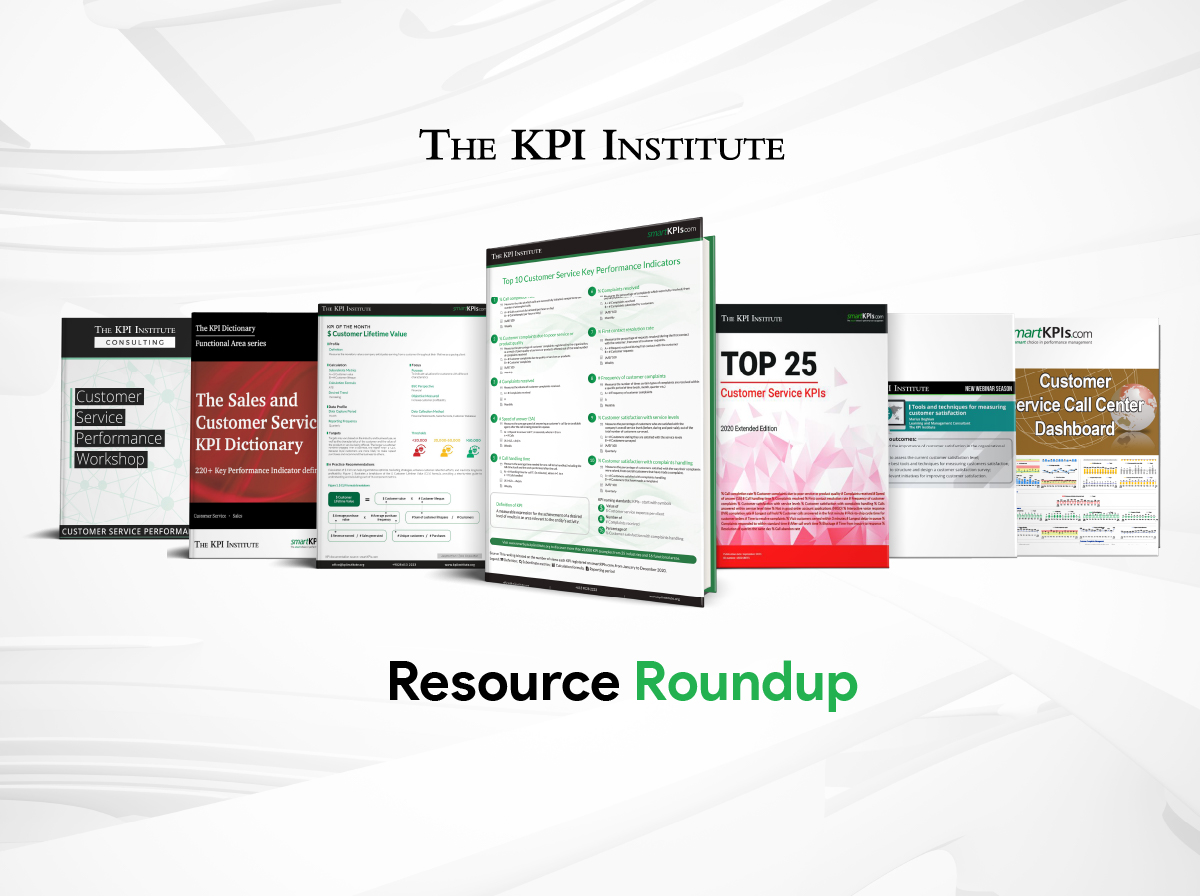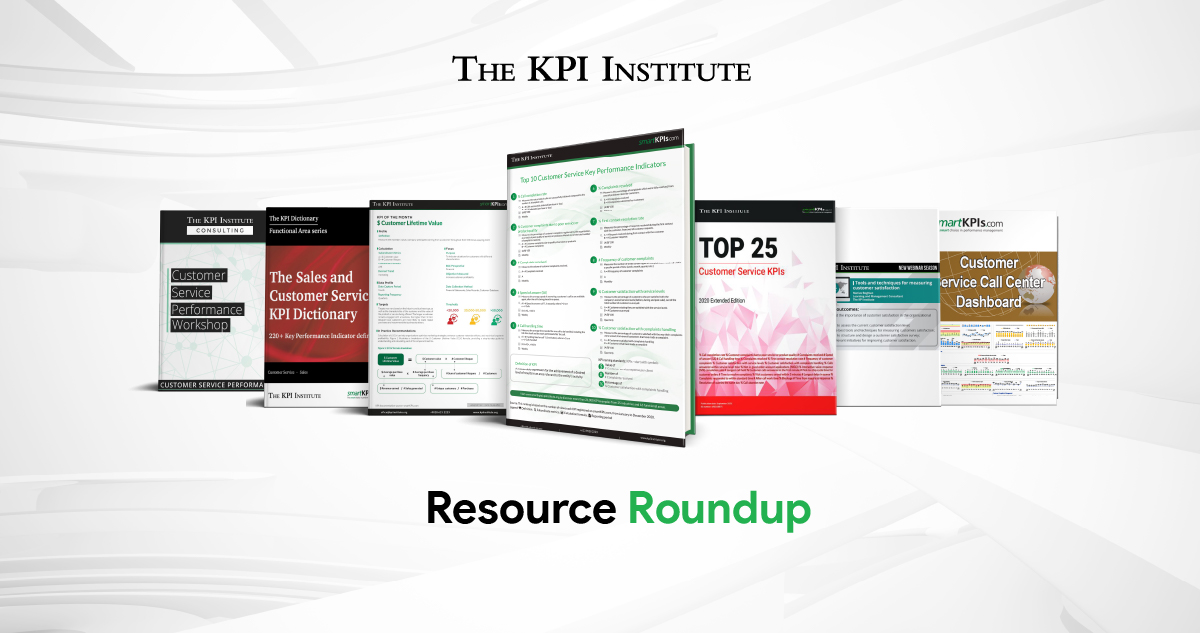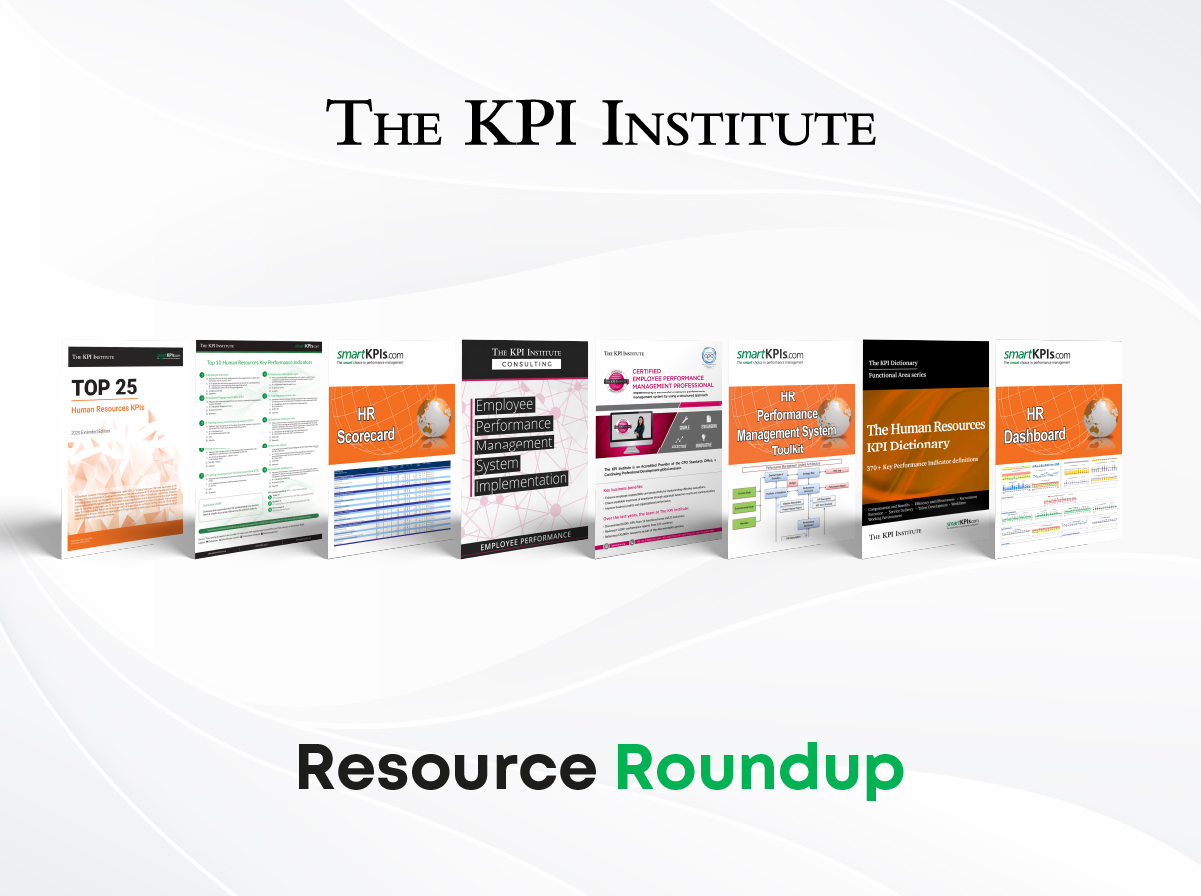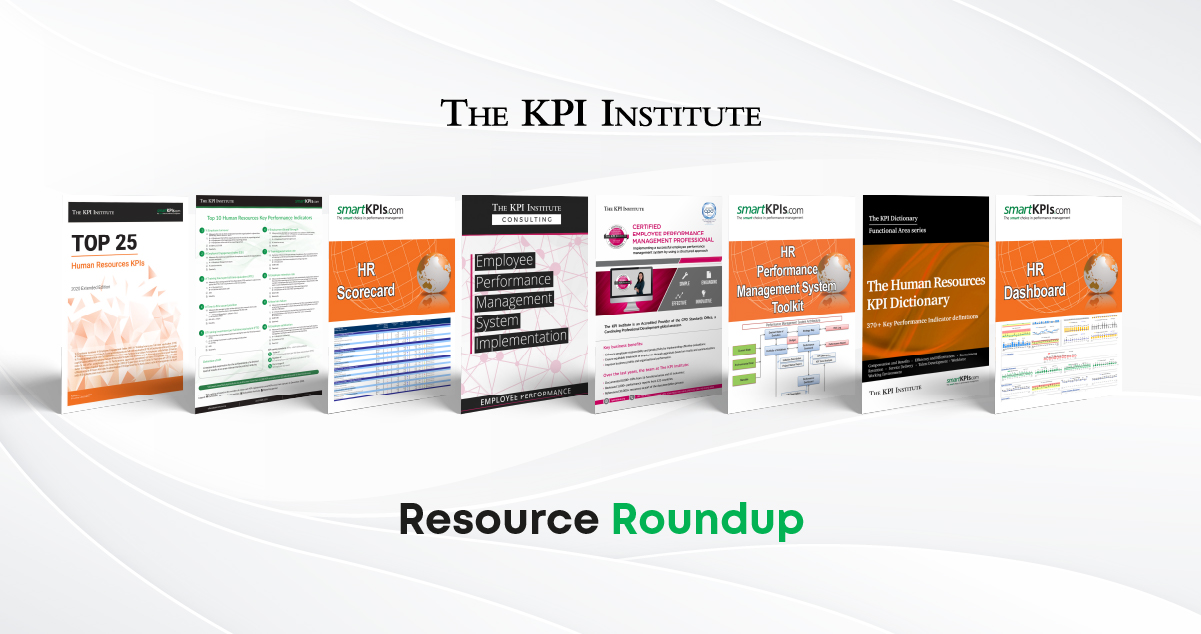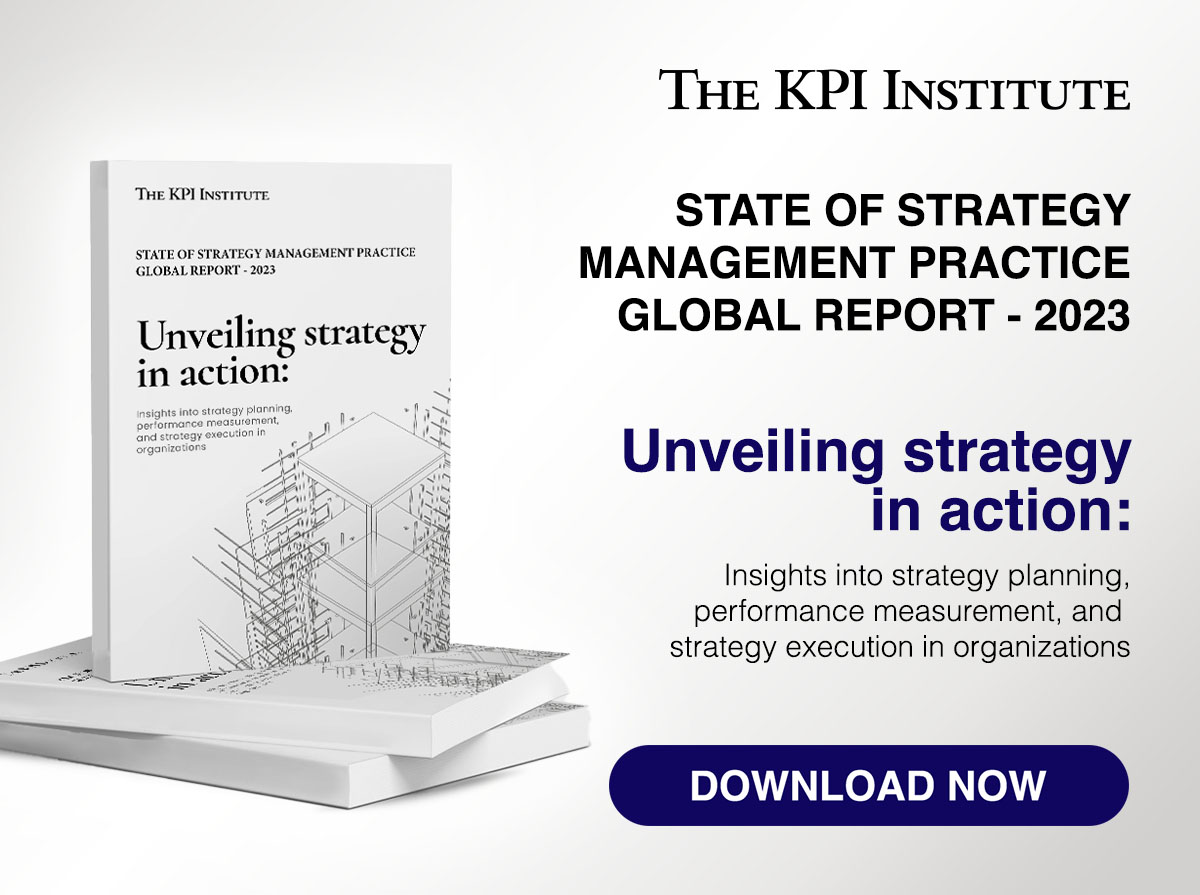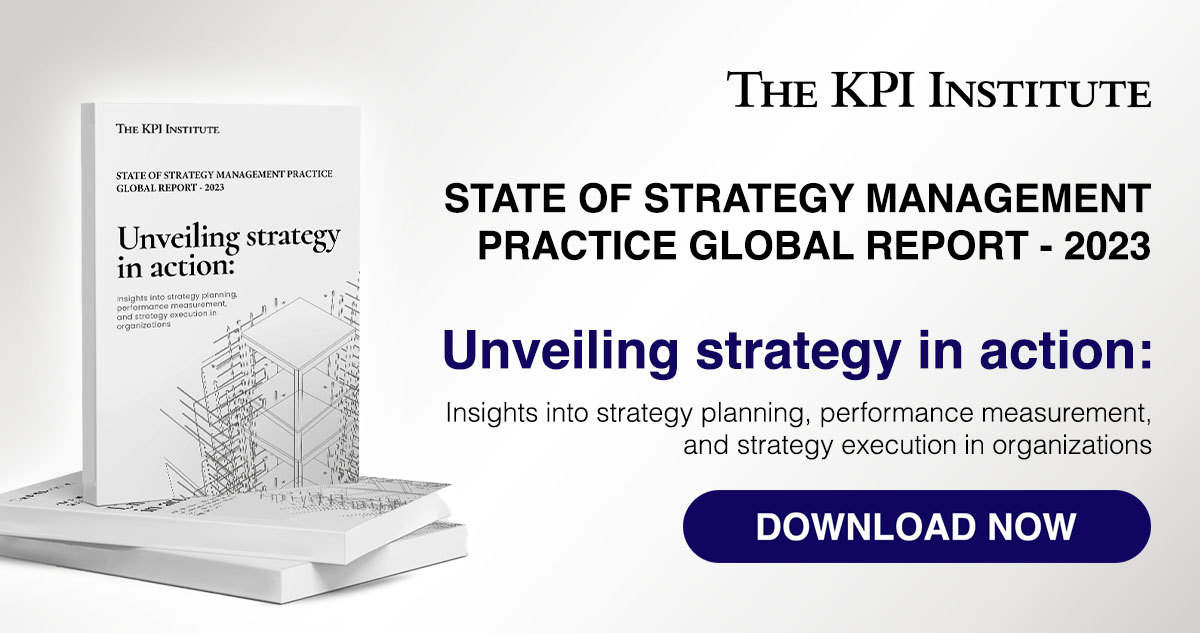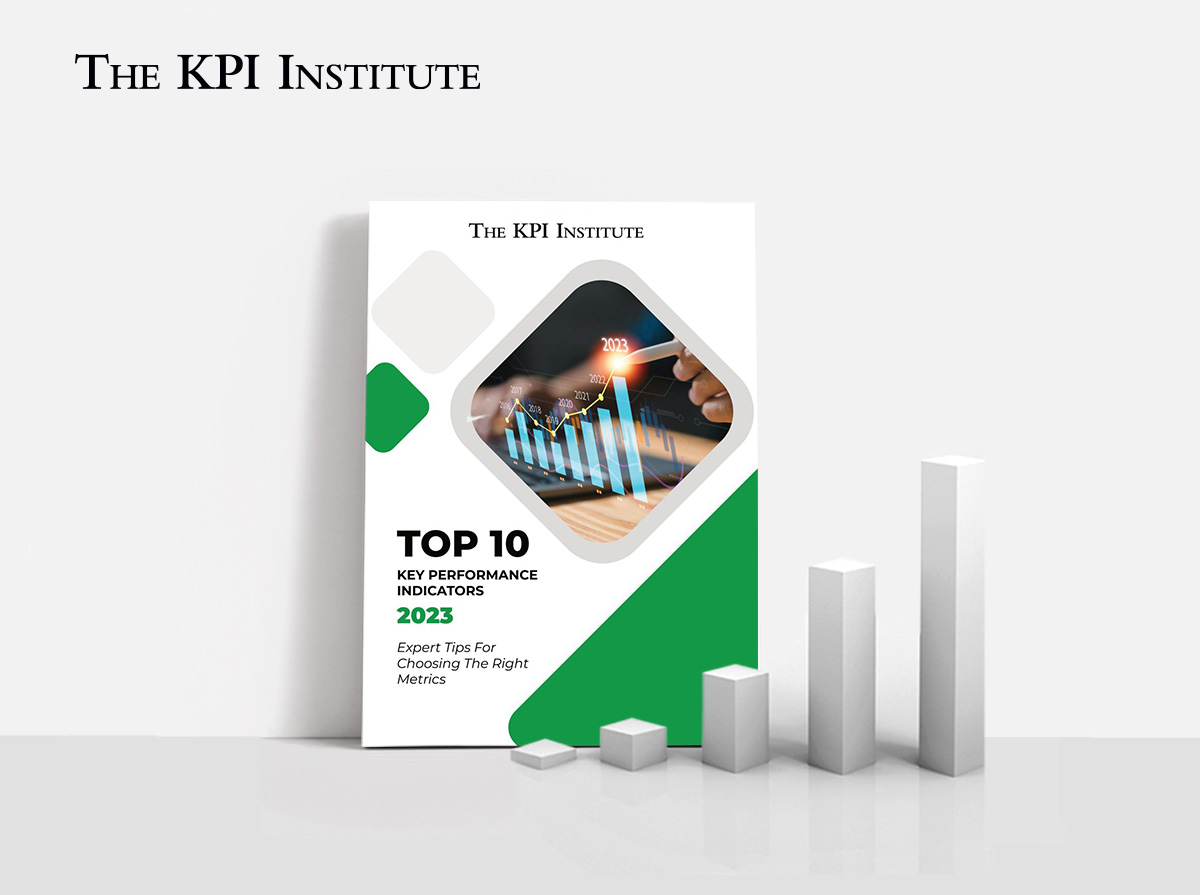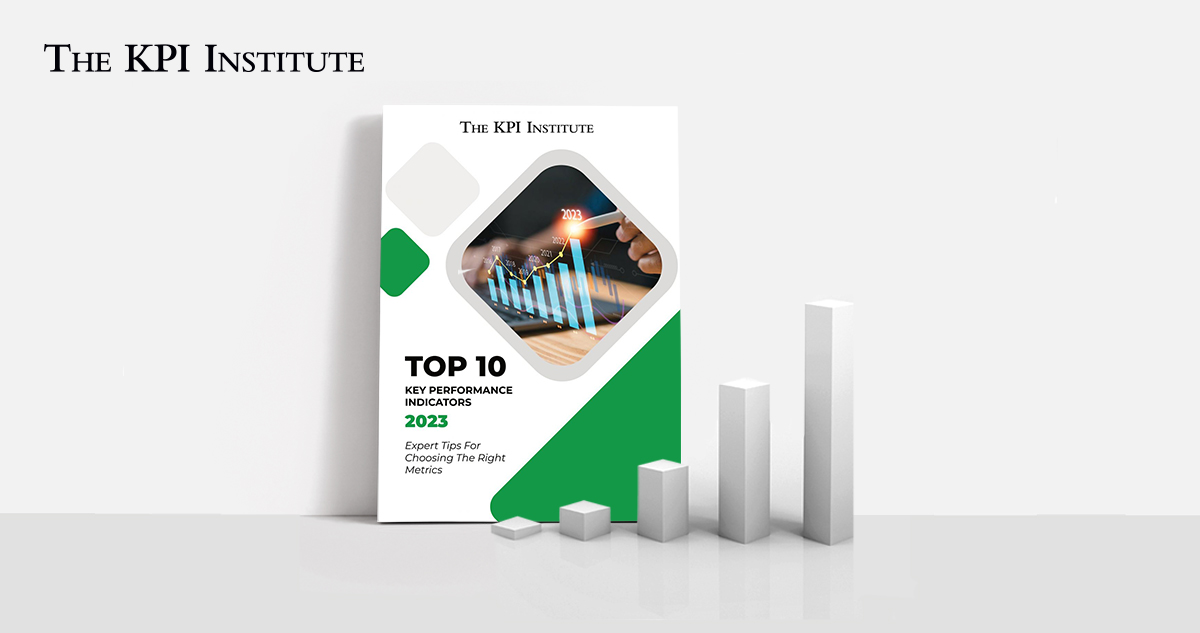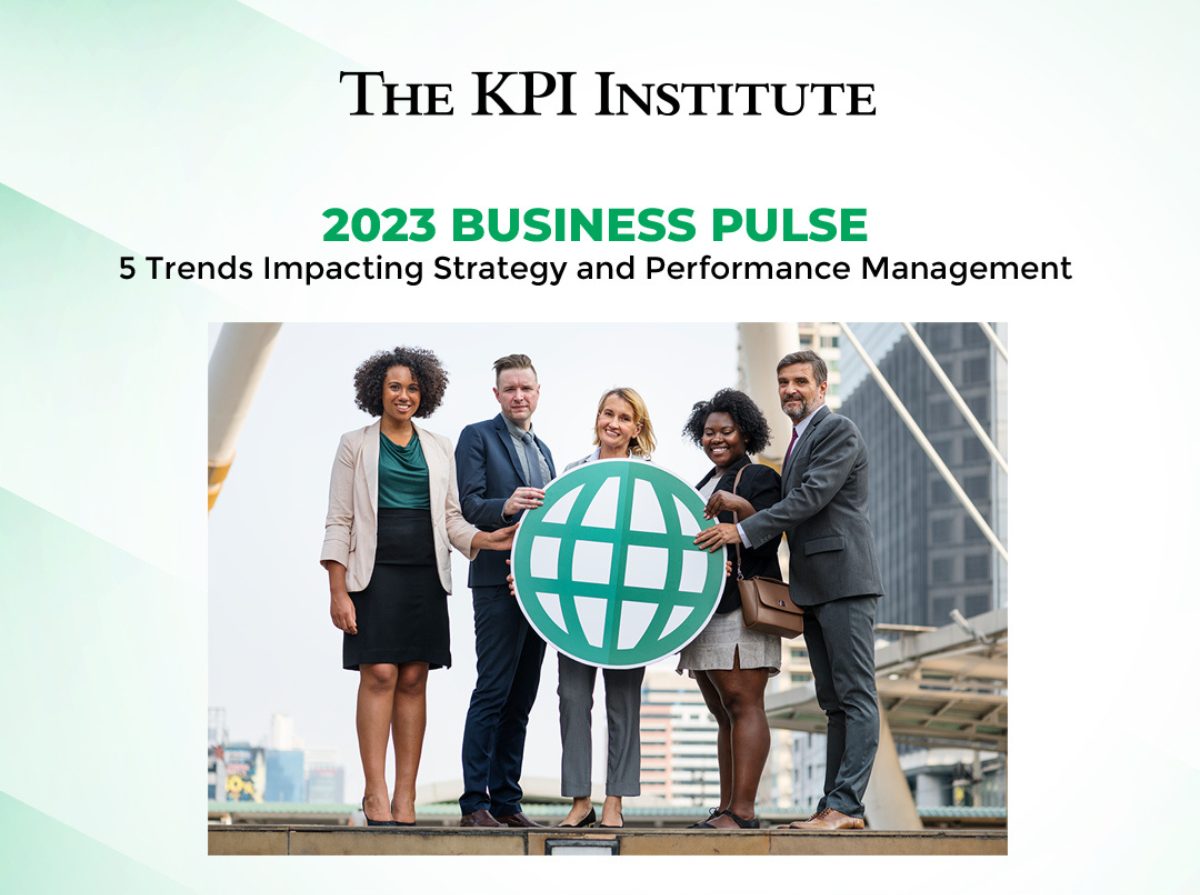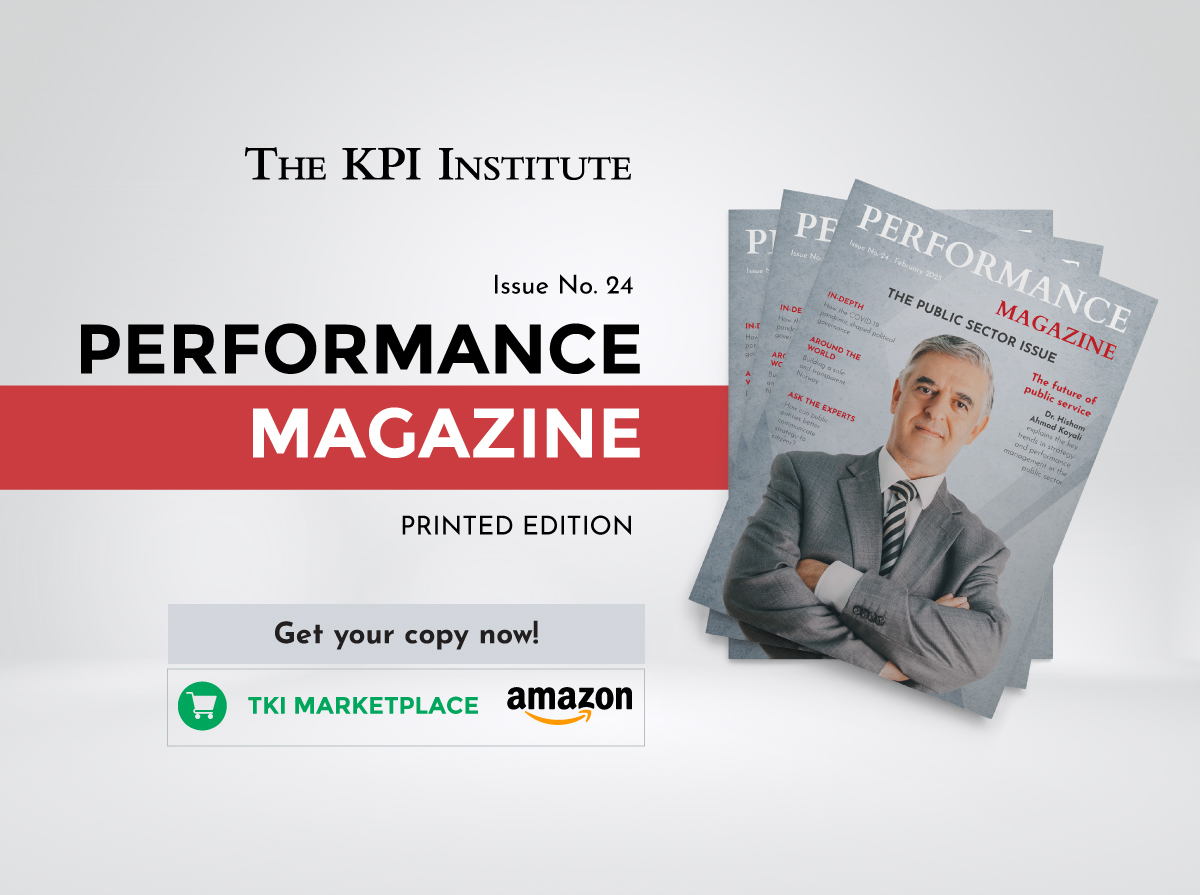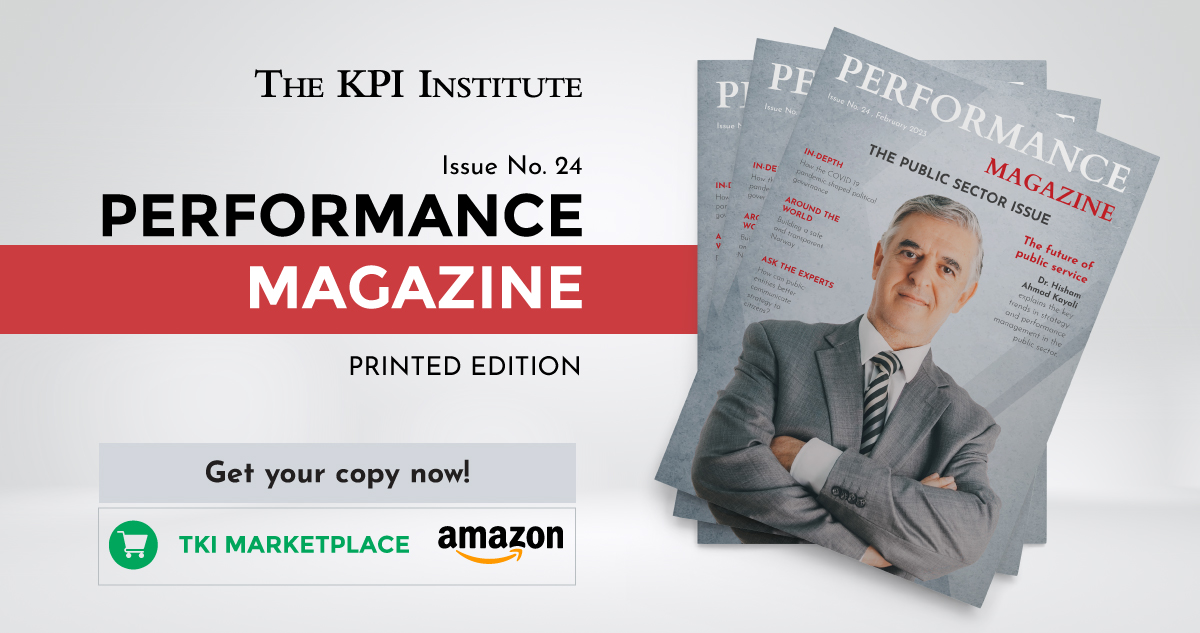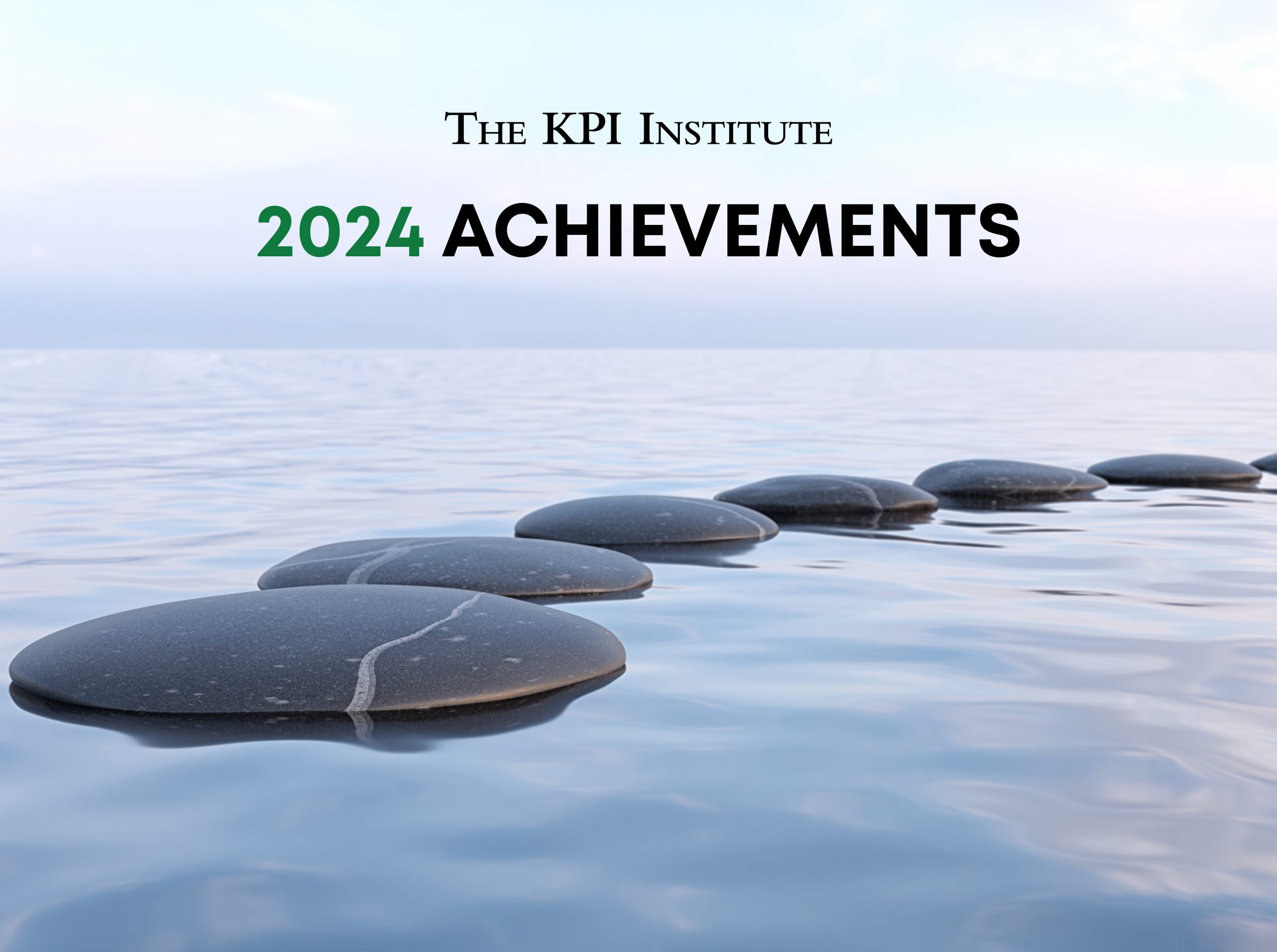
2024 milestones: celebrating the achievements of The KPI Institute
January 8th, 2025 Posted by Kimberly Tilar Publications, Research 0 thoughts on “2024 milestones: celebrating the achievements of The KPI Institute”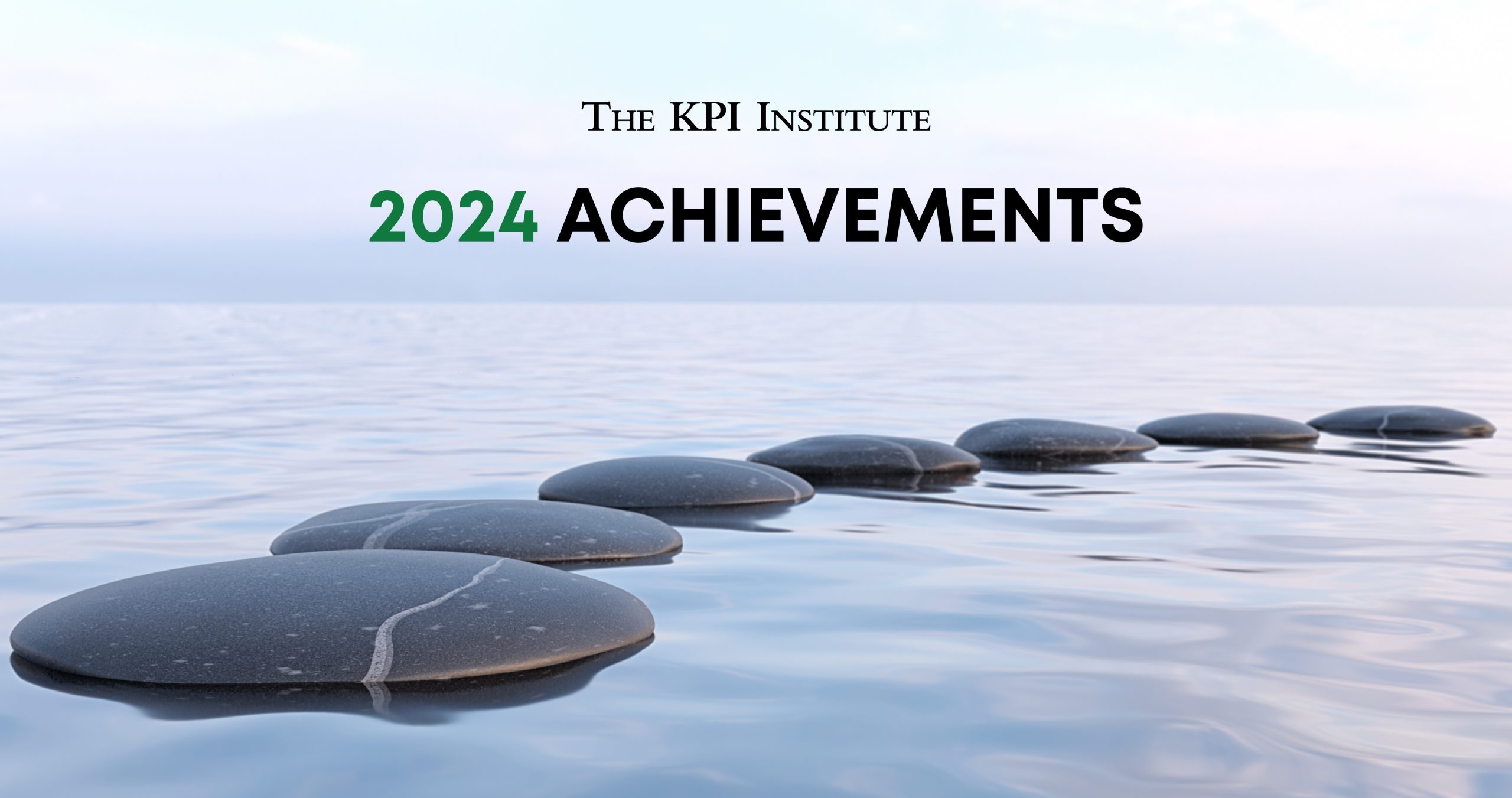
As we bid farewell to an eventful 2024, The KPI Institute (TKI) proudly reflects on a year marked by remarkable accomplishments and milestones. From groundbreaking initiatives to impactful collaborations, 2024 has been a testament to TKI’s dedication to providing professionals worldwide with the expertise and capabilities needed to thrive in today’s ever-changing business environment. Let’s take a moment to look back at some of the achievements that shaped 2024, and celebrate the hard work and dedication of TKI’s teams.
Celebrating two decades in business and a thriving Community
TKI celebrated its 20 years of innovation, growth, and impact. Founded in 2004 by Dr. Aurel Brudan, TKI has evolved from a pioneer in strategy and performance management into a diversified ecosystem driving progress across business and society. Highlights include creating the world’s largest KPI database and launching enterprises that offer solutions across various sectors, setting benchmarks in knowledge and innovation.
Building on this legacy, TKI has achieved another remarkable milestone by fostering an online community of over 70,000 social media followers and more than 60,000 LinkedIn group members. This growth reflects a strong commitment to enhancing networking connections, which are crucial for driving knowledge-sharing and collaboration.
Empowering growth through consulting, training, and partnerships
In addition to its continued success in community engagement, The KPI Institute (TKI) has made significant strides in consulting, training, and research in 2024, forging numerous partnerships with esteemed organizations worldwide. This year alone, TKI trained 6,787 professionals through its face-to-face training sessions and live-online webinars, bringing its total global reach to 27,382 individuals across 60 countries and further solidifying its role as a leader in empowering professionals and driving organizational growth.
As a trusted advisor to organizations worldwide, TKI made valuable collaborations through its consulting and training services, helping clients integrate advanced performance management strategies and solutions that drive sustainable growth.
In early 2024, the Global Performance Audit (GPA) Unit, the division at The KPI Institute (TKI) that specializes in strategy and performance management audits, delivered significant milestones through comprehensive maturity assessments for various organizations in Saudi Arabia. One such evaluation was conducted for the Zakat, Tax, and Customs Authority (ZATCA), which achieved a maturity level of “IV – Integrated” on a five-level scale. This distinction highlighted ZATCA’s advanced capabilities in strategic planning, corporate reporting, and performance improvement. [Read the full story HERE]
During the same period, the GPA Unit completed a detailed performance management system maturity assessment for the Saudi Commission for Health Specialties (SCFHS). This review analyzed five critical organizational capabilities: strategic planning, performance measurement, performance improvement, performance culture, and employee performance management, marking SCFHS’s ongoing commitment to excellence. [Checkout the full article HERE]
The Public Investment Fund (PIF) also partnered with TKI, successfully attaining the highest level of accreditation, “Level V: Optimized,” after a rigorous evaluation of its strategy and performance management system. This achievement exemplified PIF’s exemplary operational sophistication and alignment with best practices. [Read the full article HERE]
Similarly, the General Secretariat of Zakat, Tax, and Customs Committees (GSTC) was awarded Maturity Level “IV – Integrated” following a thorough assessment by the GPA Unit. This recognition underscored GSTC’s remarkable progress in strategic planning and performance measurement practices. [Checkout the full story HERE]
Through these tailored services—including strategic planning, KPI development, and performance measurement—TKI continues to empower organizations to navigate the complexities of today’s dynamic business environment, driving impactful results and fostering sustained growth.
Research and publications
Furthermore, TKI’s research efforts continued to set industry standards in 2024. The institute published groundbreaking reports offering actionable insights into critical business areas such as employee performance, strategy execution, and business excellence. In addition to regular series like KPI of the Month, Top 10 KPIs, and KPIs for Functional Areas, the Top 25 KPIs series made a comeback in 2024.
This comprehensive collection highlighted the 25 most widely used Key Performance Indicators (KPIs) in various functional areas. The selections were based on viewership data from smartKPIs.com, covering the period from January 2023 to April 2024. This edition reflects current trends and preferences in performance measurement, solidifying TKI’s role as a leader in the field.
Another notable achievement was the release of the Government Services Index (GSI) 2024 report and the State of Strategy Management Practice – 2024 MENA Region report. The GSI serves as a comprehensive benchmark for assessing and measuring government performance, while the State of Report provides insights from leaders of top organizations alongside expert guidance on developing more efficient organizational systems for strategic planning, performance measurement, and execution.
Based on the findings of the State of Strategy Management Practice 2024 report, TKI hosted an engaging webinar that brought together industry professionals to discuss the key takeaways and actionable recommendations. This event not only enhanced the report’s impact but also fostered meaningful dialogue on advancing strategy management practices. [Read the webinar highlights HERE or watch the full webinar on YouTube]
In 2024, the Publications team also made significant strides in advancing TKI’s mission. Aside from providing editing support to other departments and entities within TKI’s ecosystem, and producing regular content and monthly newsletters on two websites: kpiinstitute.org and performancemagazine.org, the team’s significant achievement was the release of four print editions of Performance Magazine in 2024, which covered themes of employee performance, strategy management, government performance, and business excellence. These editions featured insights from industry experts, practical frameworks, real-world case studies, and actionable recommendations, offering professionals a comprehensive understanding of performance management and excellence across diverse sectors.
Additionally, the team began revamping the Performance Magazine website. This improved platform promises a seamless, user-friendly experience, enriched with innovative features, the latest trends, and fresh perspectives on performance excellence. The new website will be launched soon!
In 2025, The KPI Institute is looking forward to the exciting opportunities ahead. There’s so much more in store as TKI continues its journey of growth, excellence, and innovation. Stay tuned for what’s coming next, and do not forget to follow TKI on LinkedIn for updates!

